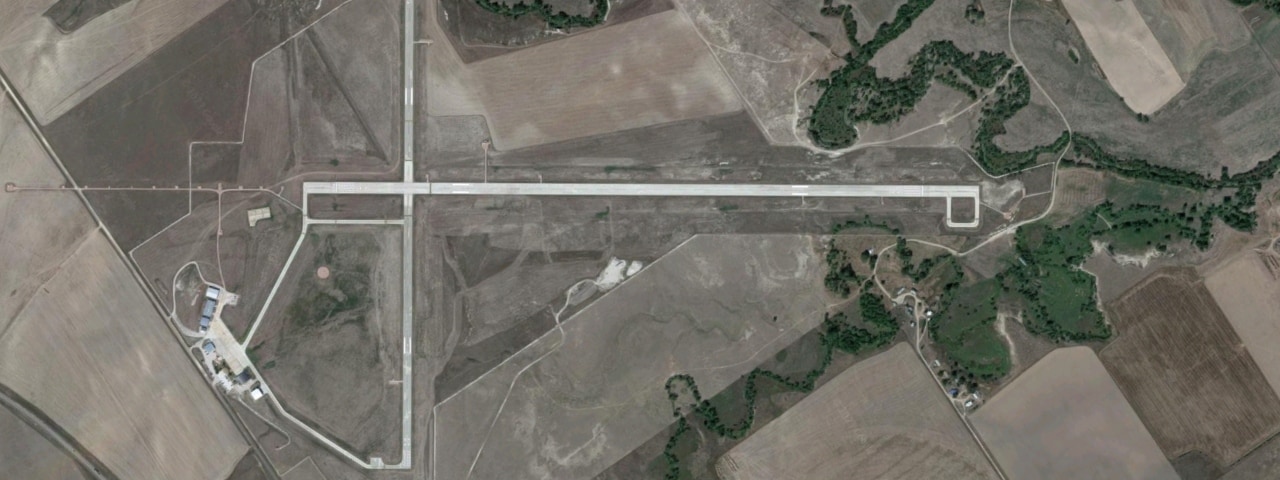Section 1: Introduction
Hi my name is Zyler Rutkowski This is my research on the United States air travel and airports. The reason I picked this topic is because I am interested in air travel and airplanes for fun. Have fun looking at my website!
National Airports: Facts and Figures

- Support the national airport system by providing communities access to national and international markets in multiple States and throughout the United States. National airports have very high levels of aviation activity with many jets and multiengine propeller aircraft. [1]
- On average there are 2,100 arrivals and departures daily at Atlanta International airport and an average of 286,000 passengers a day with 5 runways at ATL. [4]
- The inside runways closest to the terminals are the longest with one being 12,390 feet and the other 10,000 feet, the rest of the runways is 9,000 feet long. [5]
- The airport with the most runways in the US is Chicago O’Hare with 8 runways. [6]
- Denver International airport has the longest runway in US at 16001 ft. [7]
- According to the latest estimates there is approximately 100,00 flights per day. [8]
Regional Airports: Facts and Figures

- Support regional economies by connecting communities to regional and national markets. Generally located in metropolitan areas and serve relatively large populations. Regional airports have high levels of activity with some jets and multiengine propeller aircraft. The metropolitan areas in which regional airports are located can be Metropolitan Statistical Areas with an urban core population of at least 50,000 or Micropolitan Statistical Areas with a core urban population between 10,000 and 50,000. [1]
- Eppley airfield has 3 runways, and they are 9,502 FT., 8501 FT., 8154 FT. with over 5 million passengers in 2023. [11]
- In the world there is around 36,000 regional airports.[10]
Local Airports: Facts and Figures

- Supplement local communities by providing access to markets within a State or immediate region. Local airports are most often located near larger population centers, but not necessarily in metropolitan or micropolitan areas. Most of the flying at local airports is by piston aircraft in support of business and personal needs. These airports typically accommodate flight training, emergency services, and charter passenger service. [1]
Basic Airports: Facts and Figures

- Links the community with the national airport system and supports general aviation activities, such as emergency response, air ambulance service, flight training, and personal flying. Most of the flying at basic airports is self-piloted for business and personal reasons using propeller-driven aircraft. They often fulfill their role with a single runway or helipad and minimal infrastructure. [1]
- Basic airports support general aviation activities such as emergency service, charter or critical passenger service, cargo operations, flight training, and personal flying. These airports typically accommodate mostly single-engine propeller aircraft. They may be located in, and provide service to, remote areas of the United States with limited or no surface transportation options, and therefore may be critical to the transportation of goods required for local day-to-day life. [13]
- Some 668 general aviation airports meet the following criteria and have been designated basic airport [13]
Military Airports: Facts and Figures

- Offutt has played a major role in American military history for more than a century. This great heritage began with the construction of Fort Crook between 1894 and 1896, 10 miles south of Omaha and two miles west of the Missouri River. [12]
- The flying field was designated Offutt Field, in honor of 1st Lt. Jarvis Offutt, May 6, 1924. Offutt, killed while flying with the Royal Air Force in France, was Omaha’s first World War I air casualty [12]
Section 3: Works Cited
- https://www.faa.gov/airports/planning_capacity/categories
- https://en.wikipedia.org/wiki/Air_base
- https://en.wikipedia.org/wiki/Joint-use_airport
- https://www.atl.com/about-atl/atl-factsheet/#:~:text=On%20average%2C%20there%20are%202%2C100%20arrivals%20and%20departures%20daily.
- https://www.georgiaencyclopedia.org/articles/business-economy/hartsfield-jackson-atlanta-international-airport/#:~:text=The%20inside%20runways%2C%20closest%20to,are%20each%209%2C000%20feet%20long
- https://simpleflying.com/major-airport-most-runways/
- https://www.bigorre.org/aero/ranking/long_US/en#:~:text=Denver%20International%20Airport%20is%20an,a%20very%20large%20widebody%20traffic
- https://www.trip.com/ask/travel-questions/how-many-flights-per-day.html#:~:text=According%20to%20the%20latest%20estimates,destinations%20all%20around%20the%20world
- https://www.statista.com/statistics/183496/number-of-airports-in-the-united-states-since-1990/
- https://www.mckinsey.com/industries/aerospace-and-defense/our-insights/future-air-mobility-blog/right-in-your-backyard-regional-airports-are-an-accessible-and-underused-resource-for-future-air-mobility
- https://en.wikipedia.org/wiki/Eppley_Airfield
- https://www.offutt.af.mil/Portals/97/Documents/AFD-130718-033.pdf?ver=2016-02-17-122154-040
- https://www.faa.gov/sites/faa.gov/files/airports/planning_capacity/ga_study/2012AssetReportAppA.pdf